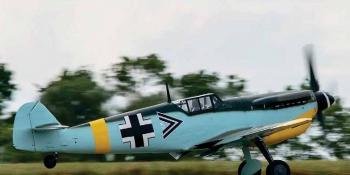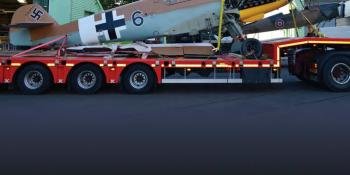TECHNICAL DETAILS FAIRCHILD C-82
Fairchild opted for a twin-boom configuration, which allowed for easy access in terms of the loading and air-dropping of freight from the rear of the fuselage. The fuselage itself was an all-metal semi-monocoque, made up of seven main parts: the base, two side sections, the upper front section, upper rear section, nose section and rear (clamshell door) section. It was around 55ft long and 13ft high with a usable freight volume of 2,598 cubic feet, similar to that of a standard railway boxcar.
The cargo deck flooring consisted of three-ply Douglas fir plywood sheeting covered in aluminium. The fuselage sides featured 14 porthole windows with one extra on each of the rear paratroop doors.
The wing had three main sections: a cantilevered centre wing housing the engine nacelles, with the middle section streamlined to fit snugly to the fuselage pod via 16 large bolts, and two outer wing sections which bolted on to the outer sides of each nacelle. The two-spar main wings were cantilevered to allow shorter main undercarriage struts.
The booms and tail sections were of all-metal, semimonocoque construction, the booms incorporating pressed light alloy channel-section frames. The…







